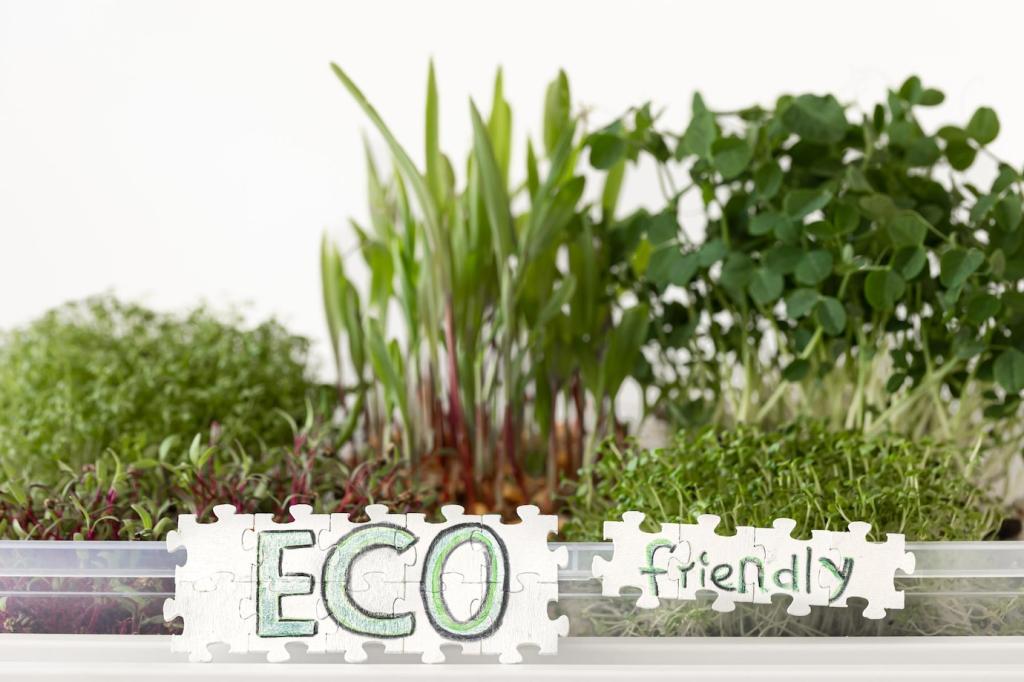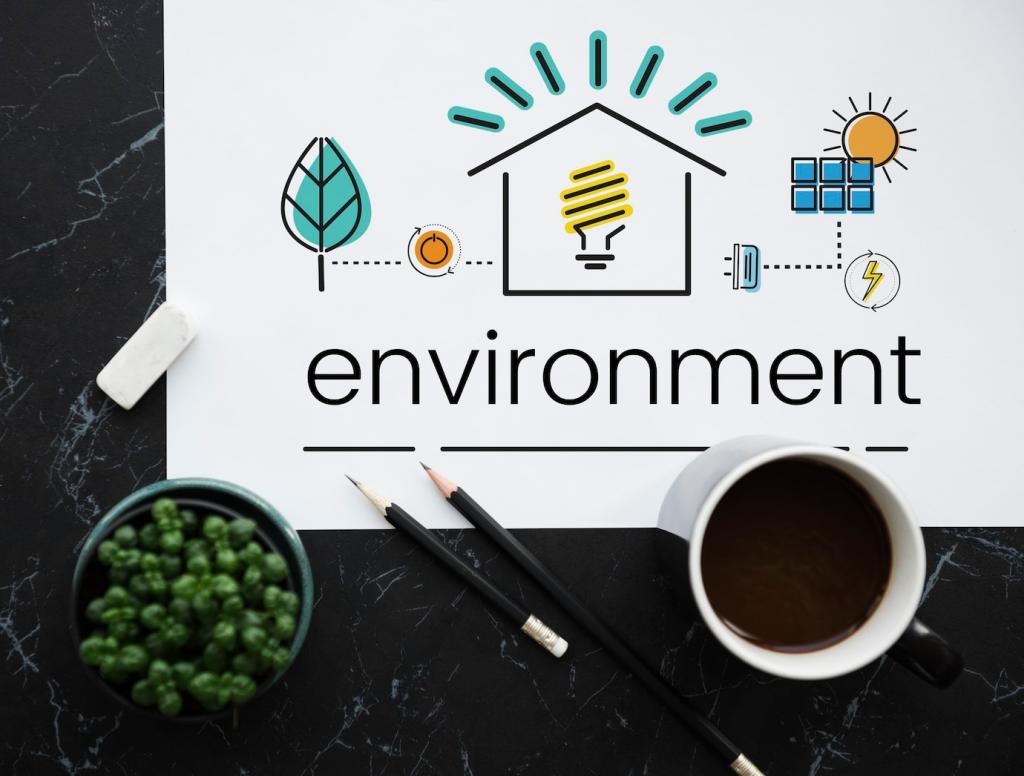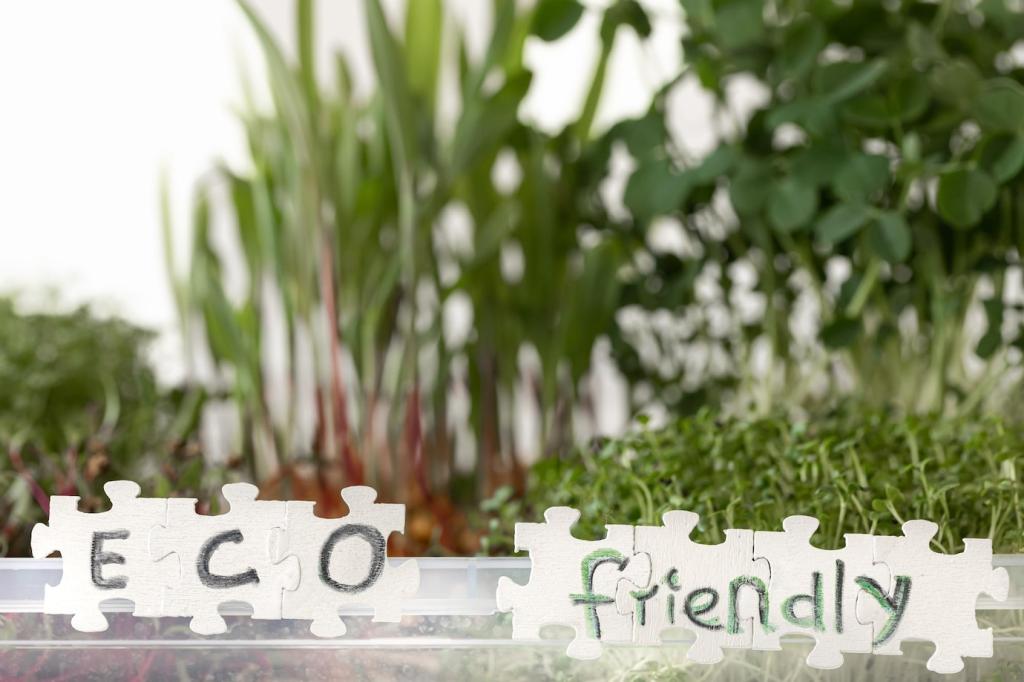Stories From the Field
At MoMA PS1 in 2014, The Living created Hy-Fi using thousands of mycelium bricks grown with agricultural waste. The temporary tower was light, earthy, and finally returned to compost. The lesson endures: design assemblies for their exit, not just their entry. Would your clients embrace a graceful goodbye baked into day one?
Stories From the Field
Across France and the UK, hemp-lime envelopes provide gentle thermal buffering and remarkable fire resistance due to the mineralized binder. Residents often report even, calm indoor climates. Builders mention a learning curve, then a rhythm. Training days become community events where craftsmanship, sustainability, and local agriculture meet over shared meals.









